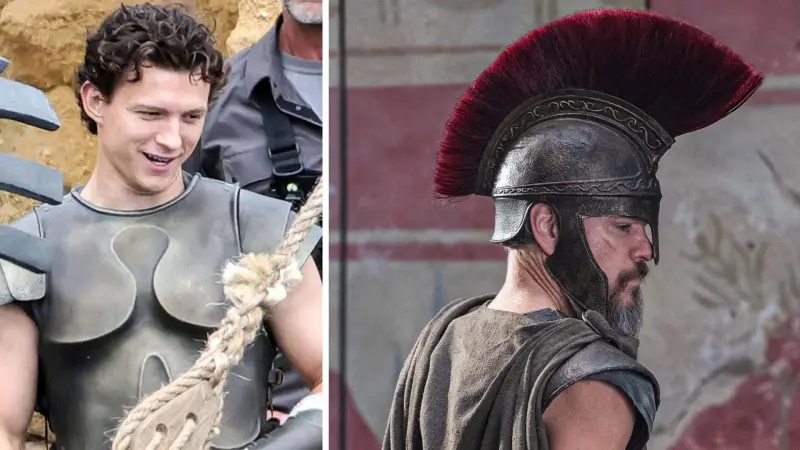The Rise of Tenochtitlan
Tenochtitlan, the capital of the Aztec Empire, was one of the most remarkable cities of the ancient world. Established in 1325 on an island in Lake Texcoco, it was founded by the Mexica people, a Nahuatl-speaking group who migrated from the north in search of a prophesied homeland. According to legend, the Mexica were guided by their patron deity, Huitzilopochtli, who instructed them to settle where they found an eagle perched on a cactus devouring a snake—a vision that is now immortalized on the modern Mexican flag.
Over the next two centuries, Tenochtitlan grew into a thriving metropolis, reaching its zenith in the early 16th century with a population estimated between 200,000 and 300,000 people. It became the political, religious, and economic heart of the Aztec Empire, dominating central Mexico through military conquests and a complex tribute system.
Architectural Marvels of Tenochtitlan
Tenochtitlan's layout was a testament to Aztec ingenuity and urban planning. The city was divided into four quadrants, with a vast network of canals and causeways facilitating transportation and commerce. Its streets were meticulously organized, and chinampas—artificial agricultural islands—provided a steady food supply, making the city largely self-sufficient.
At the heart of Tenochtitlan stood the Templo Mayor, a grand pyramid dedicated to Huitzilopochtli, the god of war, and Tlaloc, the god of rain. The temple was continually expanded, reflecting the empire's growing power. Surrounding it were palaces, markets, and schools, demonstrating the city's sophisticated social structure. One of the most notable structures was the royal palace of Moctezuma II, which featured extensive gardens, a zoo, and aqueducts that supplied fresh water to the city's inhabitants.
Cultural and Religious Significance
Tenochtitlan was more than just an architectural marvel; it was the spiritual and cultural hub of the Aztec civilization. The city was home to elaborate religious ceremonies, including human sacrifices believed to ensure cosmic balance and appease the gods. These rituals, performed atop the Templo Mayor, reinforced the empire's ideology and political control.
The city's bustling marketplaces, such as the famed Tlatelolco market, were centers of trade, attracting merchants from across Mesoamerica. Goods ranging from cacao and textiles to precious metals and exotic animals were exchanged, highlighting the city's economic prowess.
Education was also highly valued in Aztec society, with calmecac schools training the elite in history, astronomy, and governance, while telpochcalli institutions prepared commoners for military service and daily life.
The Fall of Tenochtitlan
Despite its grandeur, Tenochtitlan met a tragic end in 1521 when Spanish conquistador Hernán Cortés, along with his Indigenous allies, laid siege to the city. After months of brutal warfare, starvation, and disease, the Aztec capital fell, marking the collapse of the empire and the beginning of Spanish rule in Mexico.
Legacy of Tenochtitlan
Today, the remnants of Tenochtitlan lie beneath modern-day Mexico City, but its influence endures. The city's sophisticated engineering, cultural achievements, and resilience remain a source of pride and inspiration for Mexico. Archaeological discoveries, including the ruins of the Templo Mayor, continue to reveal new insights into the city's remarkable past, ensuring that Tenochtitlan’s legacy lives on.
From its legendary origins to its breathtaking architecture and deep cultural significance, Tenochtitlan stands as one of the most extraordinary cities in history—an enduring testament to the ingenuity and spirit of the Aztec civilization.







